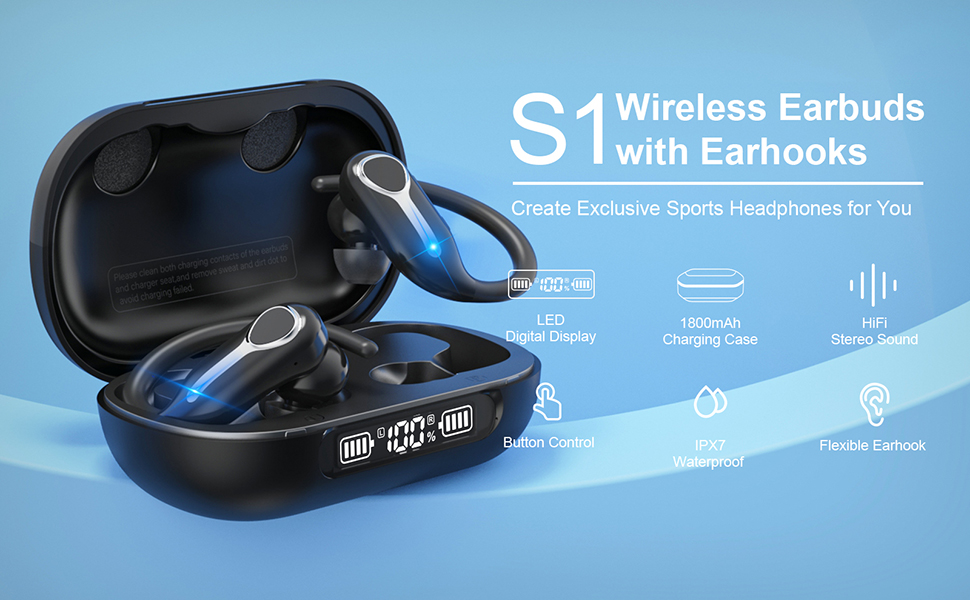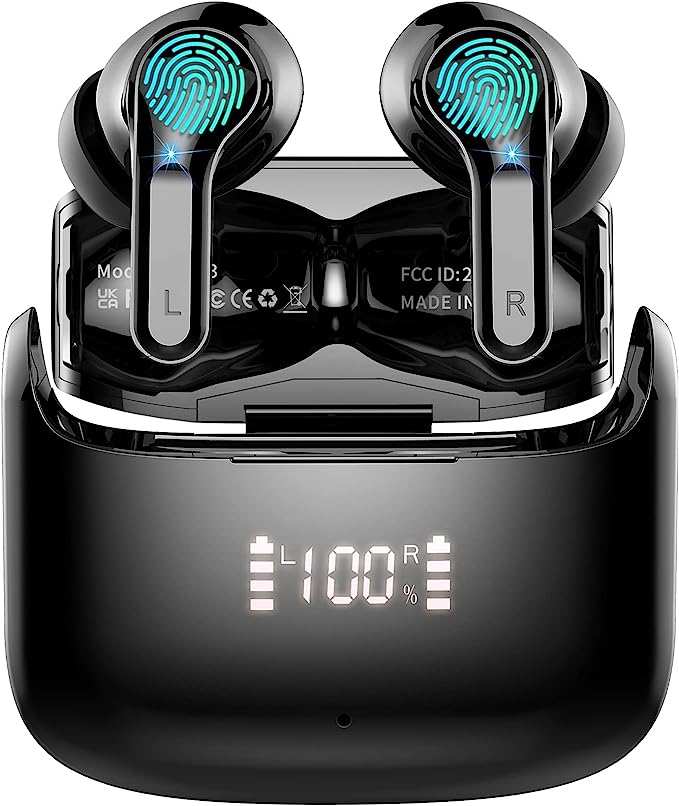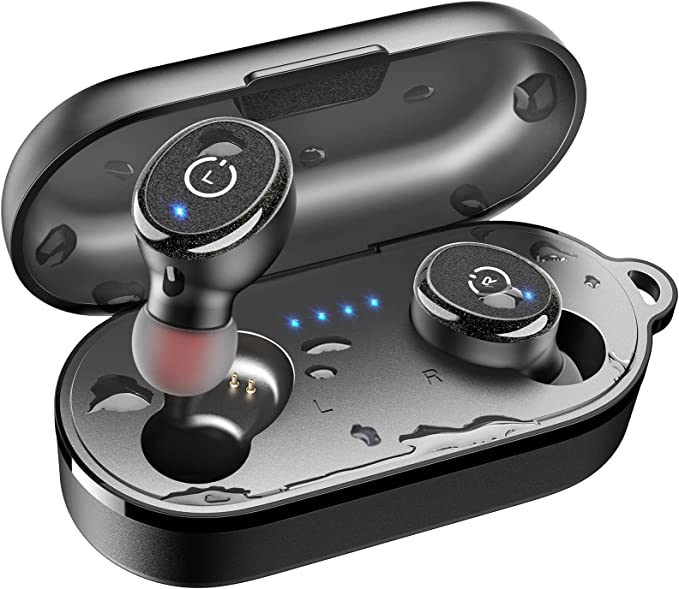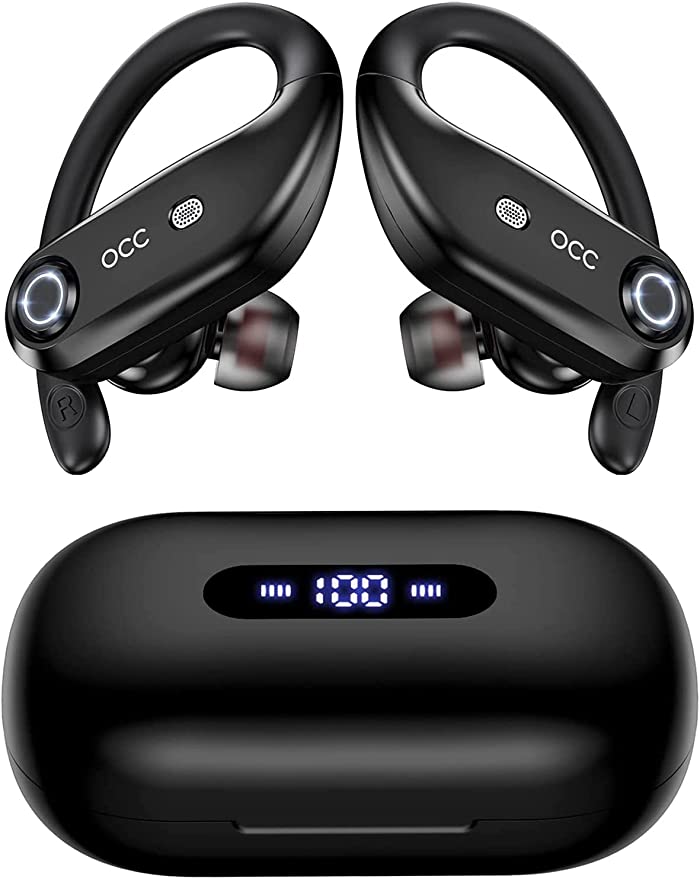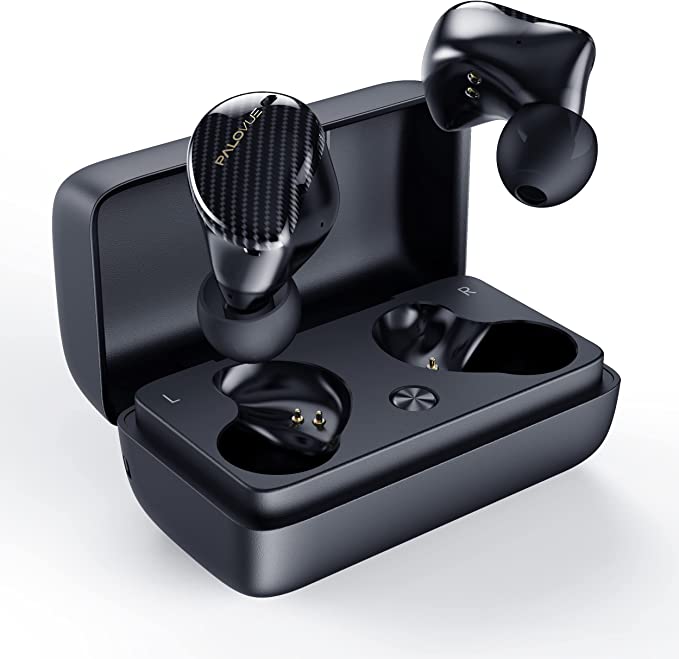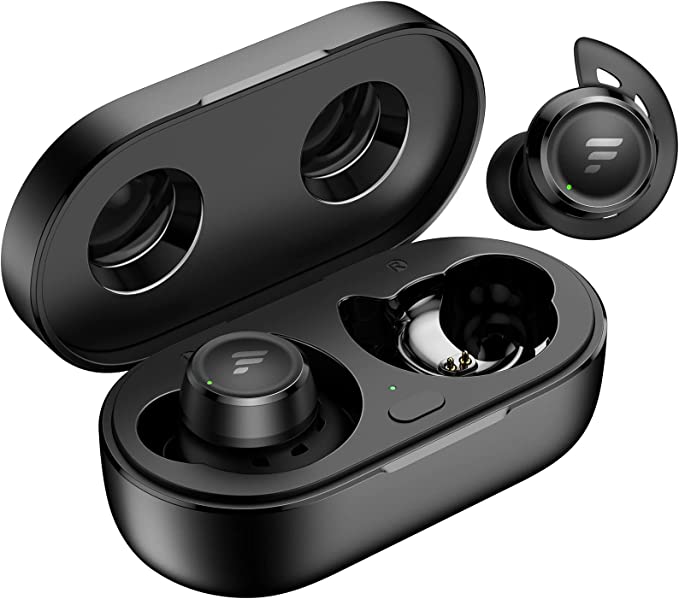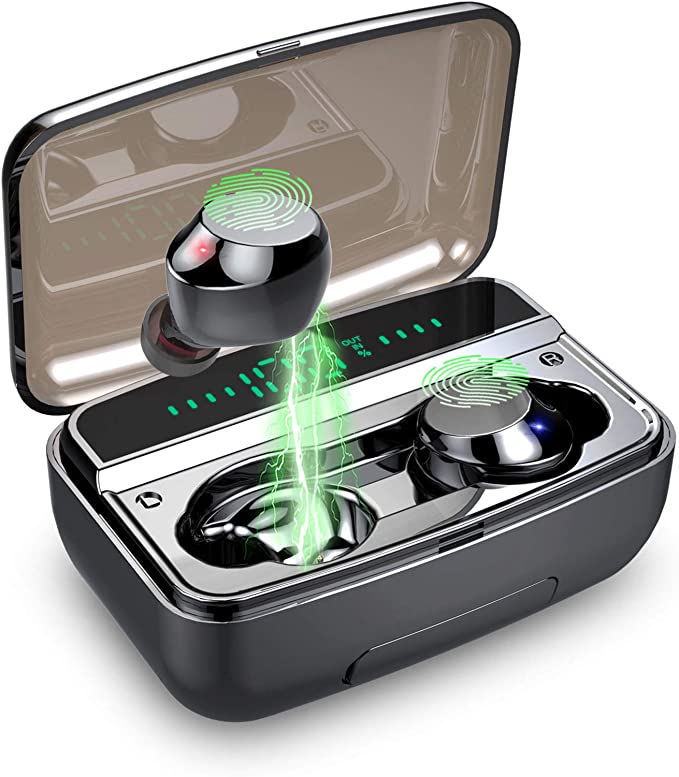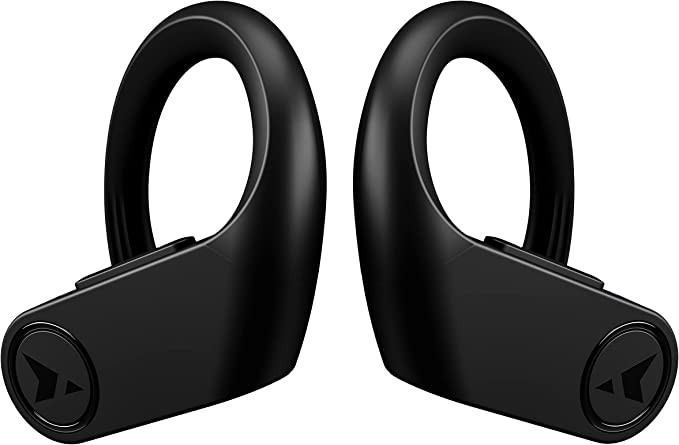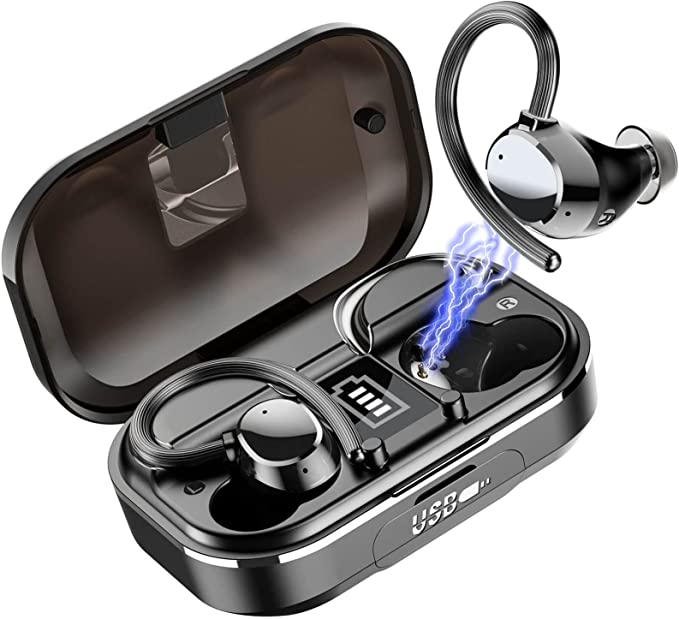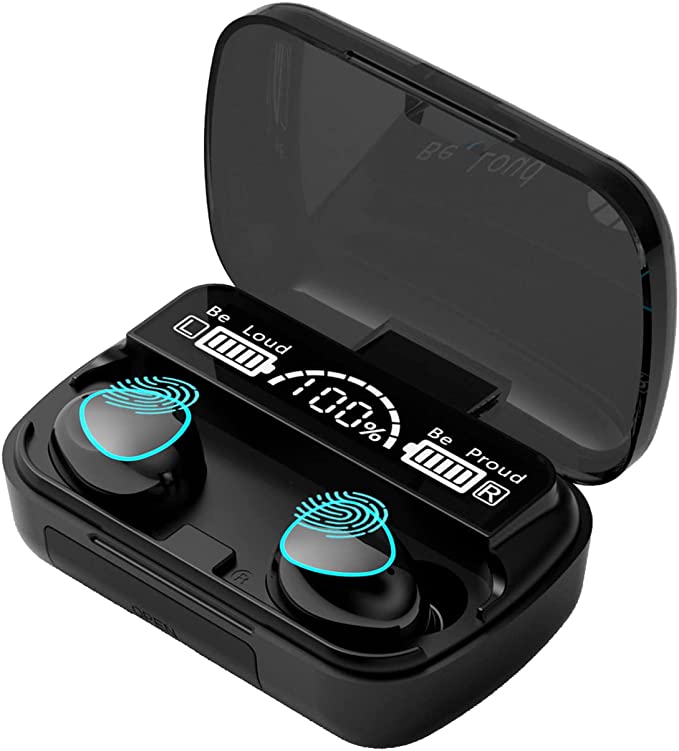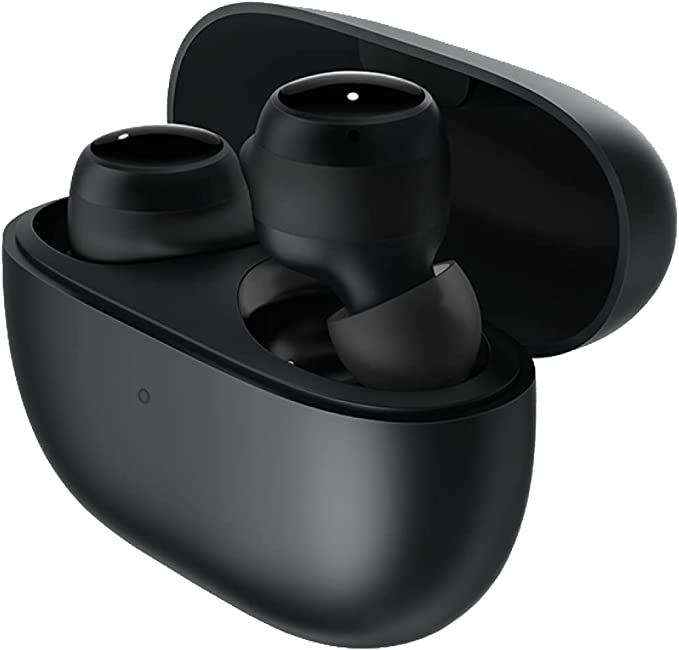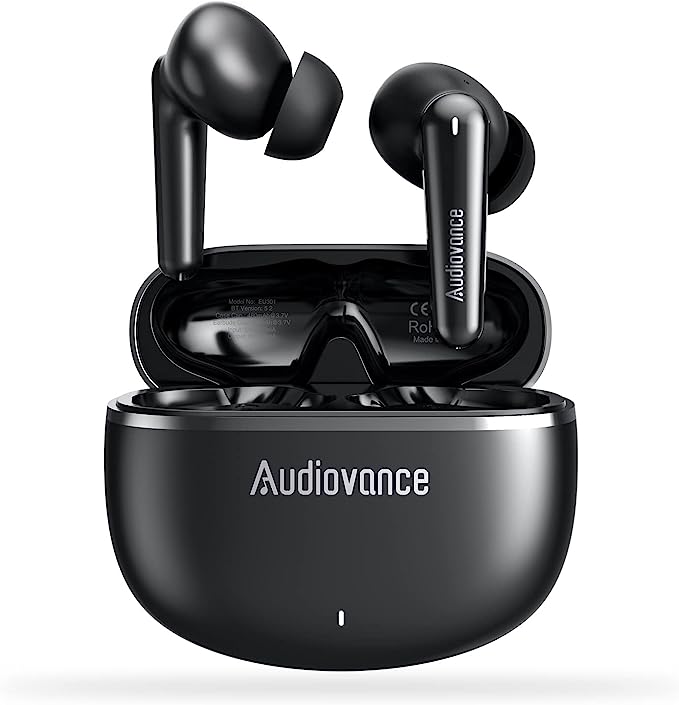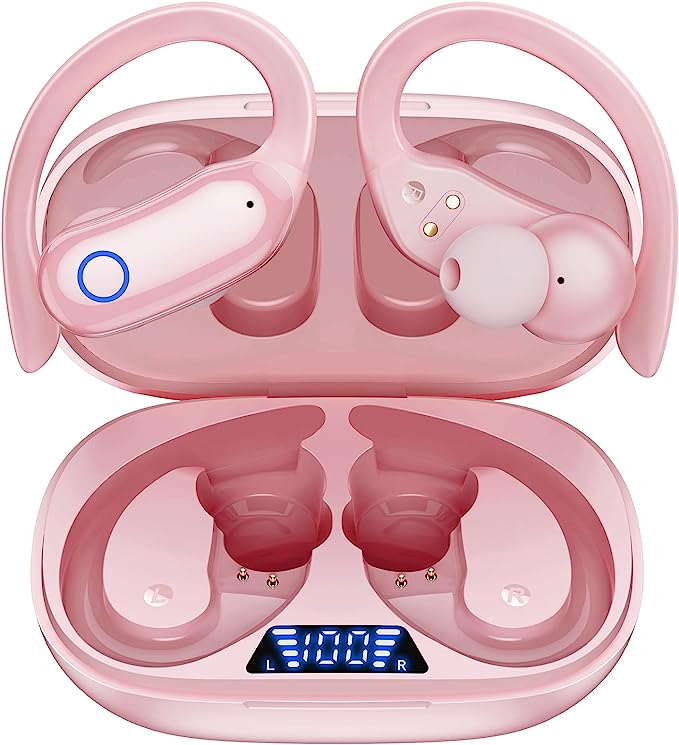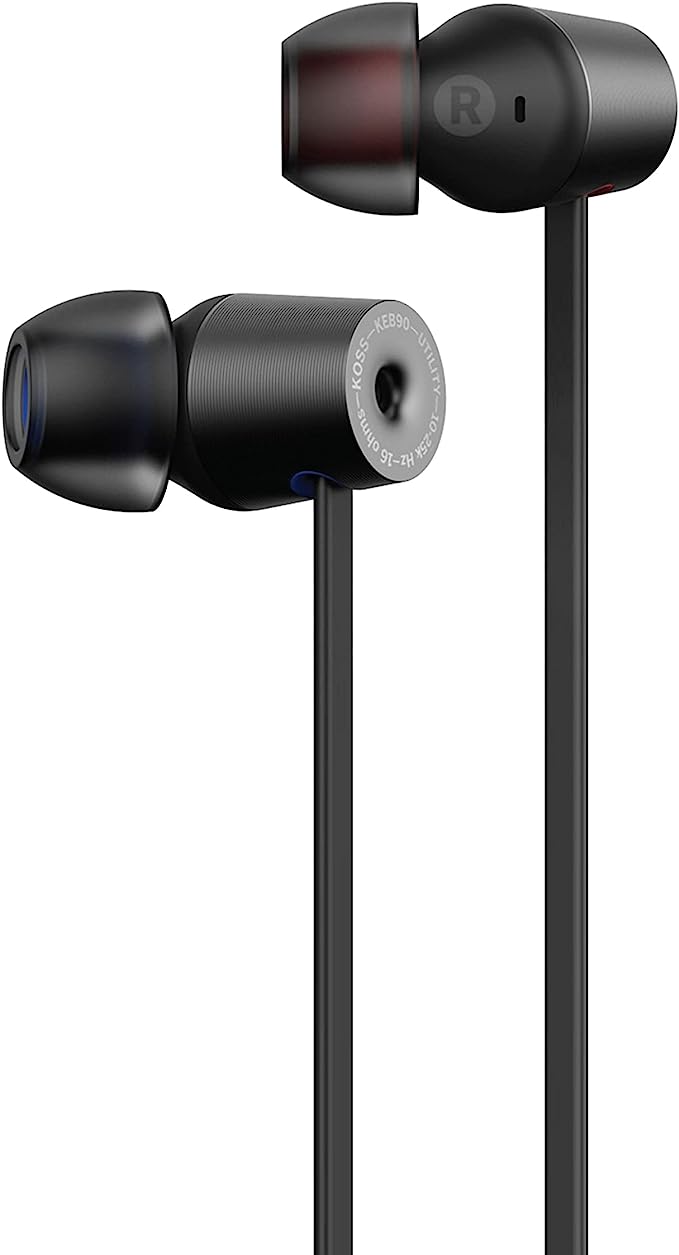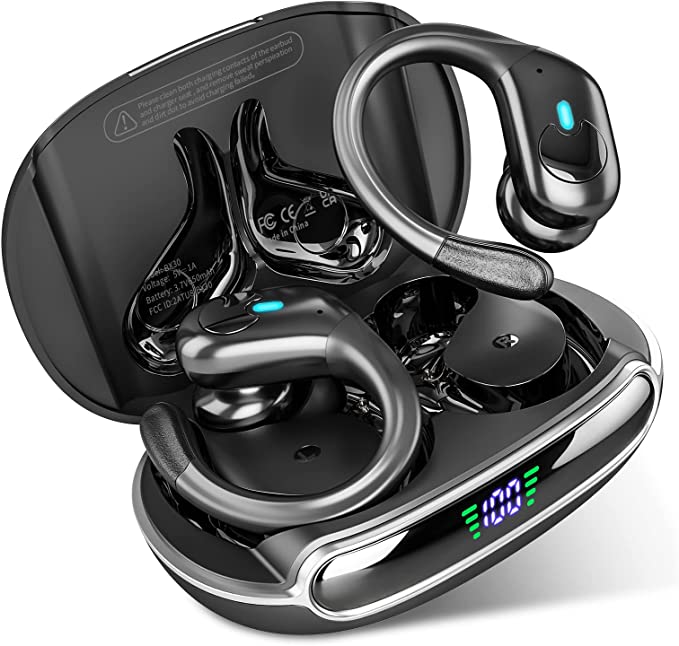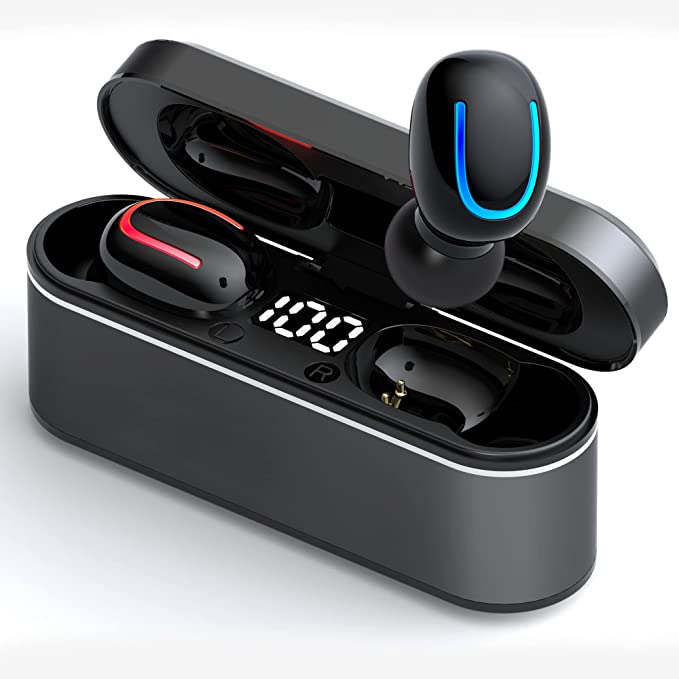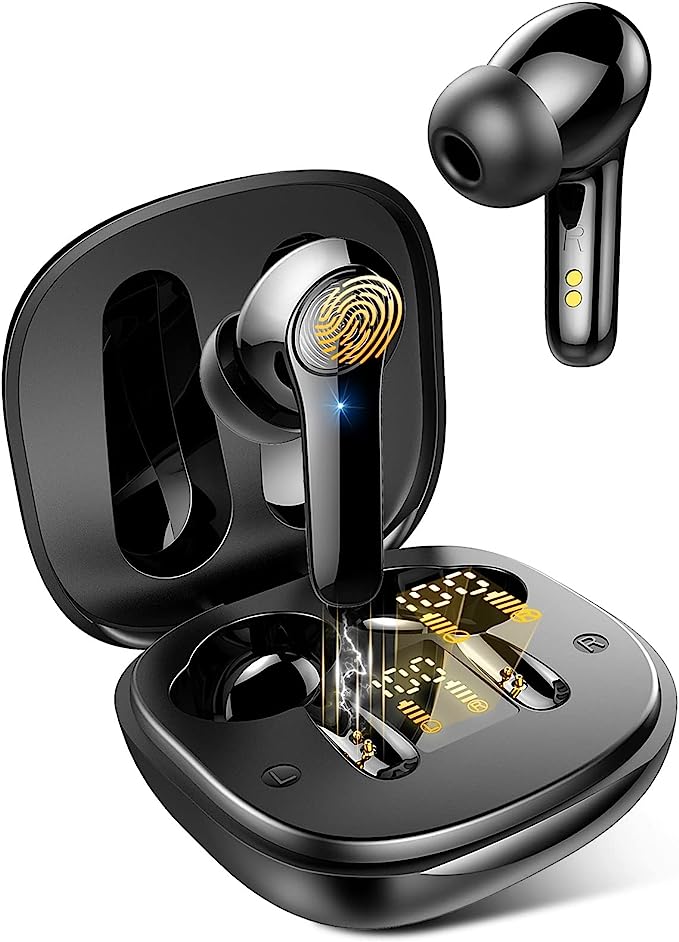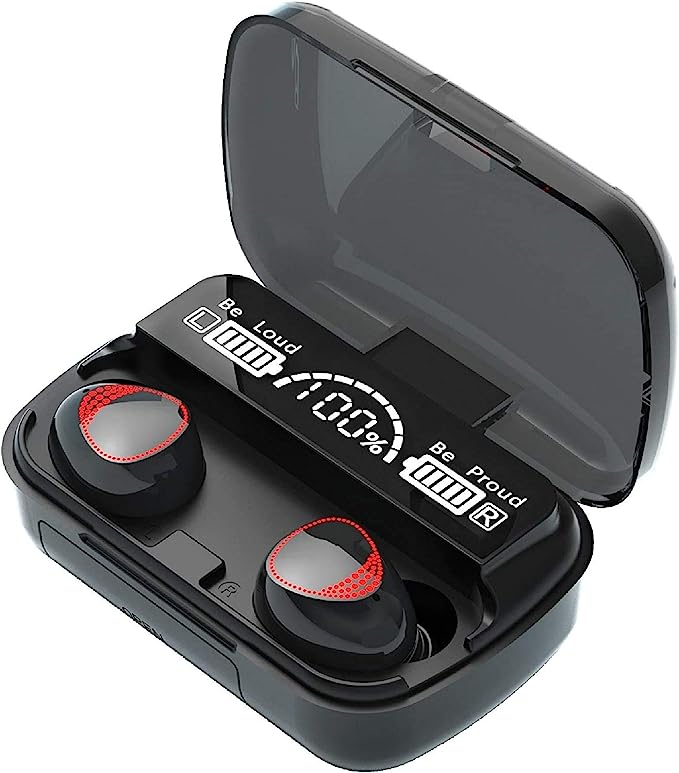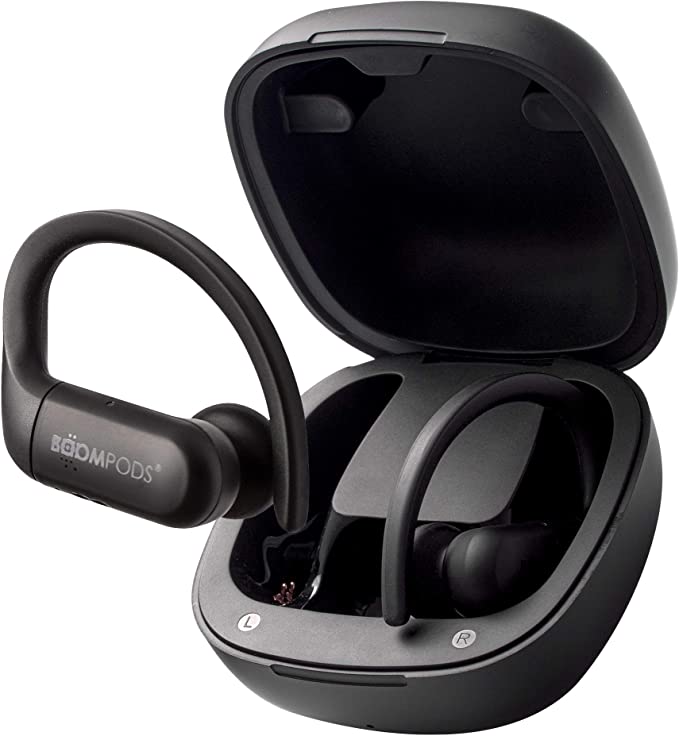DeLUX DT7 True Wireless Earbuds: Immersive Sound and Reliable Connection
Update on Sept. 23, 2025, 7:47 a.m.
I recently bought a pair of true wireless earbuds for $16.99. They came in a small, anonymous-looking white box, the kind you see plastered all over Amazon. The brand name is DeLUX, the model is DT7. They are, by every measure, utterly unremarkable. And that is precisely what makes them miraculous.
Holding the feather-light charging case in my palm, a question began to form. How is this possible? How can a device that receives invisible signals from the air, translates them into the complex vibrations of a Beethoven symphony, and runs for hours on a tiny internal power source, cost less than a decent lunch?
This isn’t a review. I have little interest in their audio fidelity or call quality. Instead, I want to treat this cheap gadget as an archeological artifact. I want to dig through its plastic shell and uncover the layers of scientific history, Nobel Prize-winning chemistry, and wartime ingenuity buried inside. This is the story of the invisible physics that powers our most mundane miracles.

A Tiny Drum for Your Ear
The first mystery is sound itself. How does a solid, silent object conjure music from nothing? If we could shrink ourselves down and peer inside the DT7’s shell, we would find a component called a 13mm dynamic driver. Think of it as a microscopic drum kit.
The principle that makes it work is one of the most fundamental forces in the universe: electromagnetism. When you play a song, your phone sends a stream of electrical pulses to the earbud. These pulses flow into a tiny, ultra-thin wire—the voice coil—which is attached to a flexible cone called a diaphragm. A permanent magnet sits just behind this setup. As the electrical signal fluctuates, it turns the voice coil into a tiny, rapidly-switching electromagnet. It’s pushed and pulled by the permanent magnet thousands of times per second, causing the attached diaphragm to vibrate violently.
This vibration is the birth of sound. The diaphragm pushes and pulls the air, creating waves of pressure that travel down your ear canal. Your eardrum, a diaphragm of its own, picks up these vibrations, and your brain translates them back into the opening notes of a guitar solo.
The choice of a 13mm dynamic driver is a classic piece of engineering compromise. In the world of high-end audio, some earbuds use a more sophisticated technology called balanced armatures, which are smaller and can be more precise. But dynamic drivers are simpler, cheaper to make, and their larger size is excellent at moving more air—perfect for producing the satisfying, if not perfectly accurate, bass that most of us enjoy. For $17, you don’t get surgical precision; you get a well-executed, century-old physics trick.

A King, a Movie Star, and an Invisible Link
Next, how does the music travel through thin air? For that, we turn to a tiny chip inside the DT7 that speaks a language called Bluetooth 5.0. And the story of Bluetooth is far more interesting than you might imagine.
The name itself is a tribute to Harald “Bluetooth” Gormsson, a 10th-century Viking king who united the warring tribes of Denmark and Norway. In the 1990s, when tech giants Intel, Ericsson, and Nokia agreed to create a single wireless standard to unite their different devices, they chose his name as a fitting codename. It stuck.
But the core technology that prevents your earbuds from being a garbled mess of static comes from an even more unlikely source: Hollywood. During World War II, the Austrian-born actress Hedy Lamarr, who was also a brilliant self-taught inventor, worked to create a secret communication system to guide Allied torpedoes. To prevent the enemy from jamming the signal, she and composer George Antheil developed a method called “frequency hopping.” The idea was to have the radio signal jump between dozens of different frequencies in a pre-arranged pattern, making it nearly impossible to intercept or block.
This is precisely how the Bluetooth in your earbud works today. It operates in the crowded 2.4 GHz public frequency band—the same space used by Wi-Fi, baby monitors, and microwave ovens. To create a stable connection, it hops between 79 different channels hundreds of times per second, a silent, invisible dance choreographed by a movie star over 80 years ago.

The Fire Within, Courtesy of a Nobel Prize
For any of this to matter, the device needs power. The ability of the DT7 to play music for five straight hours on a single charge is perhaps its most modern miracle, and we owe it to a 2019 Nobel Prize in Chemistry.
Inside each earbud and the charging case is a lithium-ion battery. Before its development by a team of scientists including John B. Goodenough, Stanley Whittingham, and Akira Yoshino, portable electronics were tethered to clumsy, inefficient nickel-cadmium batteries. The world of smartphones, laptops, and electric cars was simply not possible.
The genius of the lithium-ion battery lies in a process called intercalation. It’s not a chaotic chemical reaction, but an orderly process where lithium ions move from one material (like graphite) to another (like cobalt oxide), slotting themselves neatly between atomic layers. This gentle, reversible process is incredibly efficient and allows the battery to be recharged thousands of times with minimal degradation.
The energy density they achieved is astounding. They packed more power into less space than ever before. When you place your 3-gram earbud into its case, you are connecting it to a miniature power plant made possible by a nonagenarian professor and his colleagues, whose work fundamentally reshaped the 21st century. It is, quite literally, a Nobel Prize in your pocket.

The Ghost in the Machine
One final piece of magic. The DT7’s case can be charged wirelessly. You place it on a pad, and it refuels without any physical connection. This isn’t a new idea; in fact, it’s the partial fulfillment of a dream held by Nikola Tesla over a century ago.
The technology is called electromagnetic induction, first discovered by Michael Faraday in 1831. He found that a changing magnetic field could induce an electrical current in a nearby wire. It’s a beautifully symmetric principle of nature.
Your wireless charging pad contains a coil of wire. When you plug it in, an alternating current creates a fluctuating magnetic field around the pad. Inside the DT7’s case, there’s another, smaller coil. As it enters that magnetic field, a current is induced within it, which then charges the battery. It is an invisible, silent transfer of energy. While Tesla dreamt of powering entire cities this way, we’ve settled for a more modest, yet still magical, application: freeing our last few gadgets from the tyranny of the cord.

The Miracle of the Mundane
So, we come back to the beginning. A $16.99 pair of earbuds. Are they the best in the world? Of course not. But inside their cheap plastic shell, we’ve found the legacy of a Viking king, the ingenuity of a Hollywood actress, the life’s work of Nobel laureates, and the fulfillment of a 19th-century scientific discovery.
The reason this is all so affordable isn’t because the science is simple, but because it has been perfected, standardized, and scaled to an almost unimaginable degree. Through global supply chains and the relentless march of mass production, these tiny marvels have become mundane. They have become so accessible that we forget to be astonished by them.

Perhaps the true wonders of our age aren’t the supercomputers or the rockets to Mars. Perhaps they are the things we overlook—the cheap, disposable, everyday objects that have quietly encapsulated the greatest scientific achievements of human history. The next time you put on a pair of wireless earbuds, take a moment. Listen past the music, and you might just hear the hum of the entire modern world.




